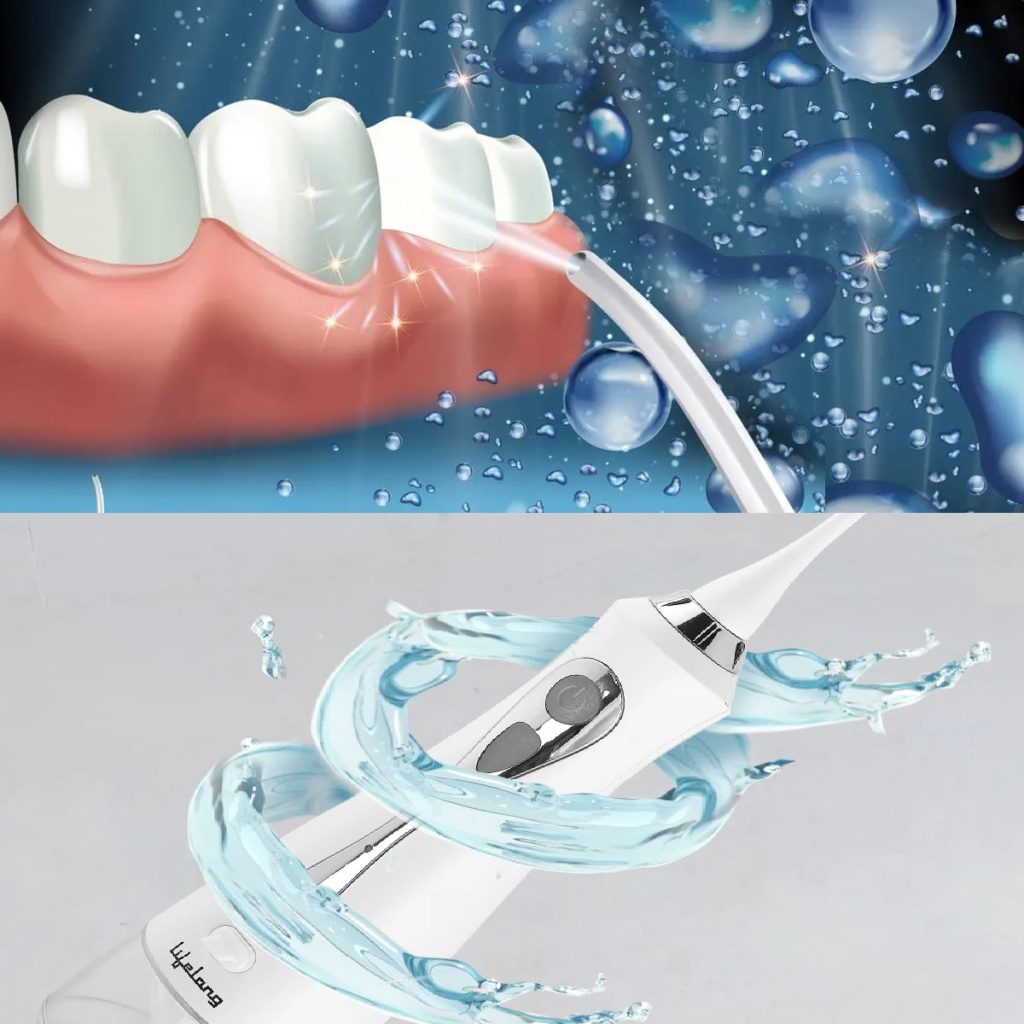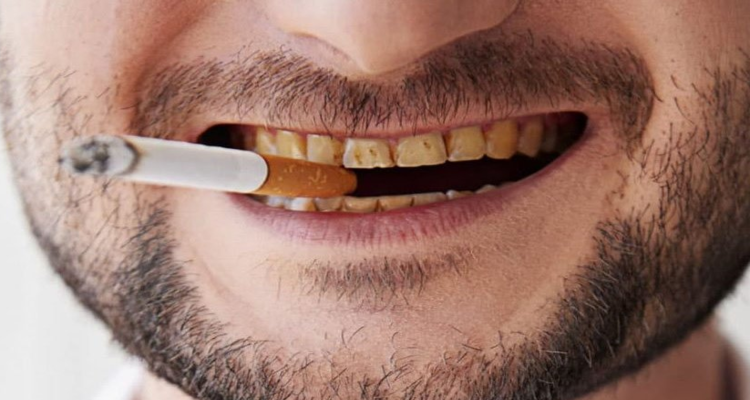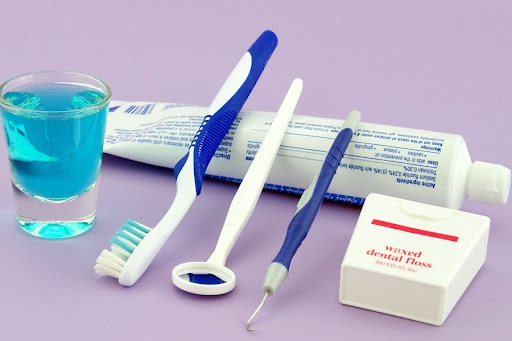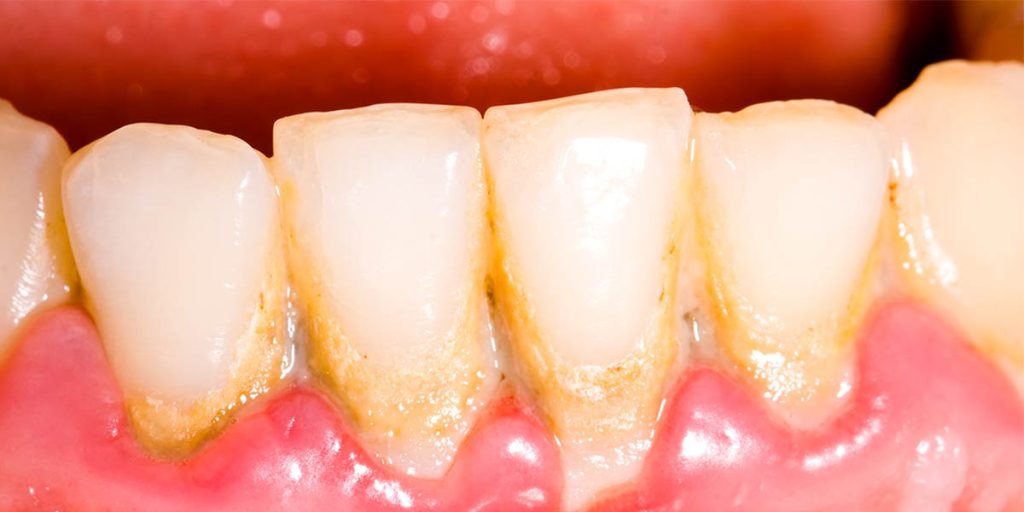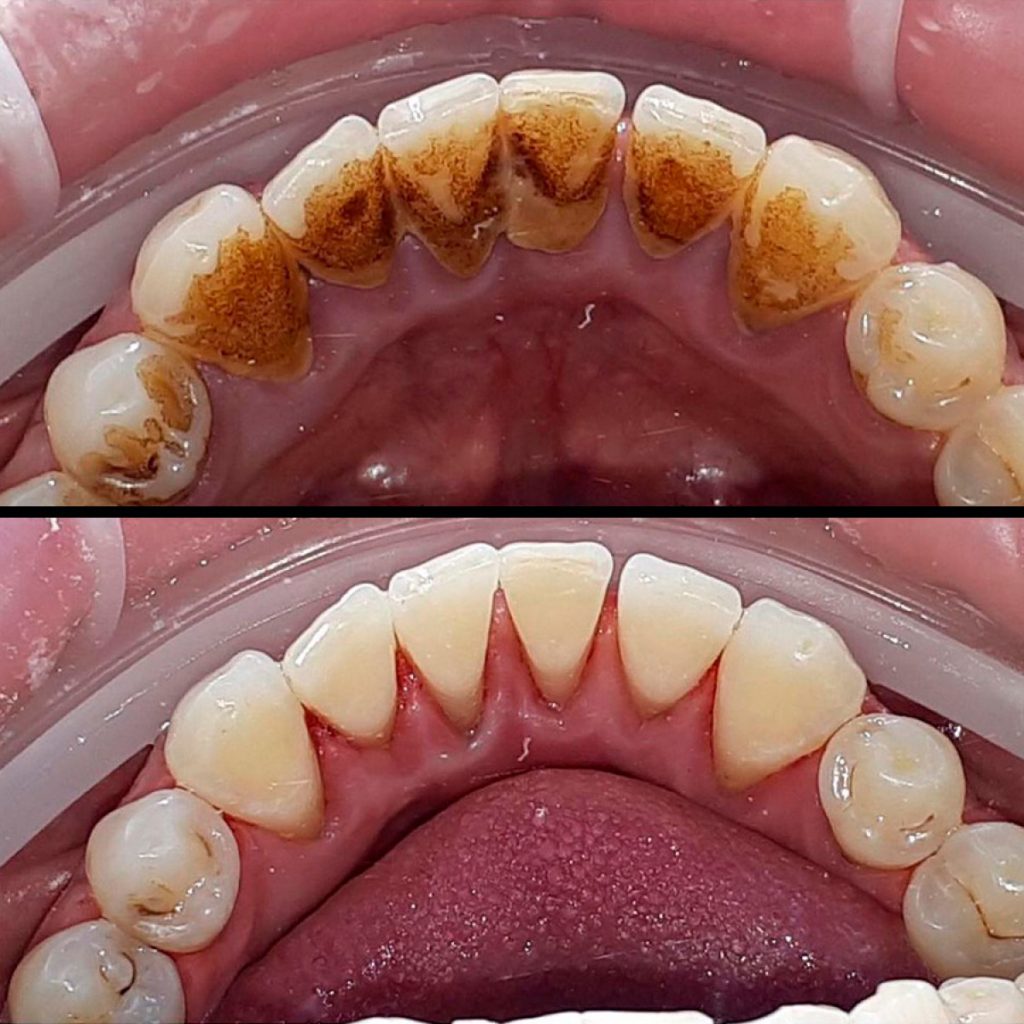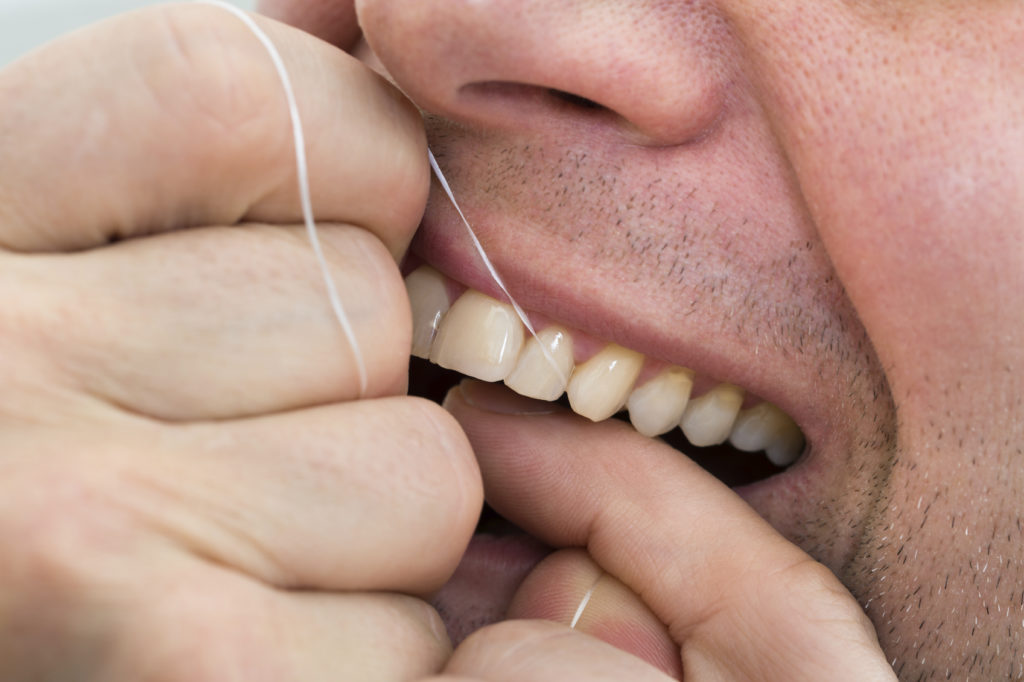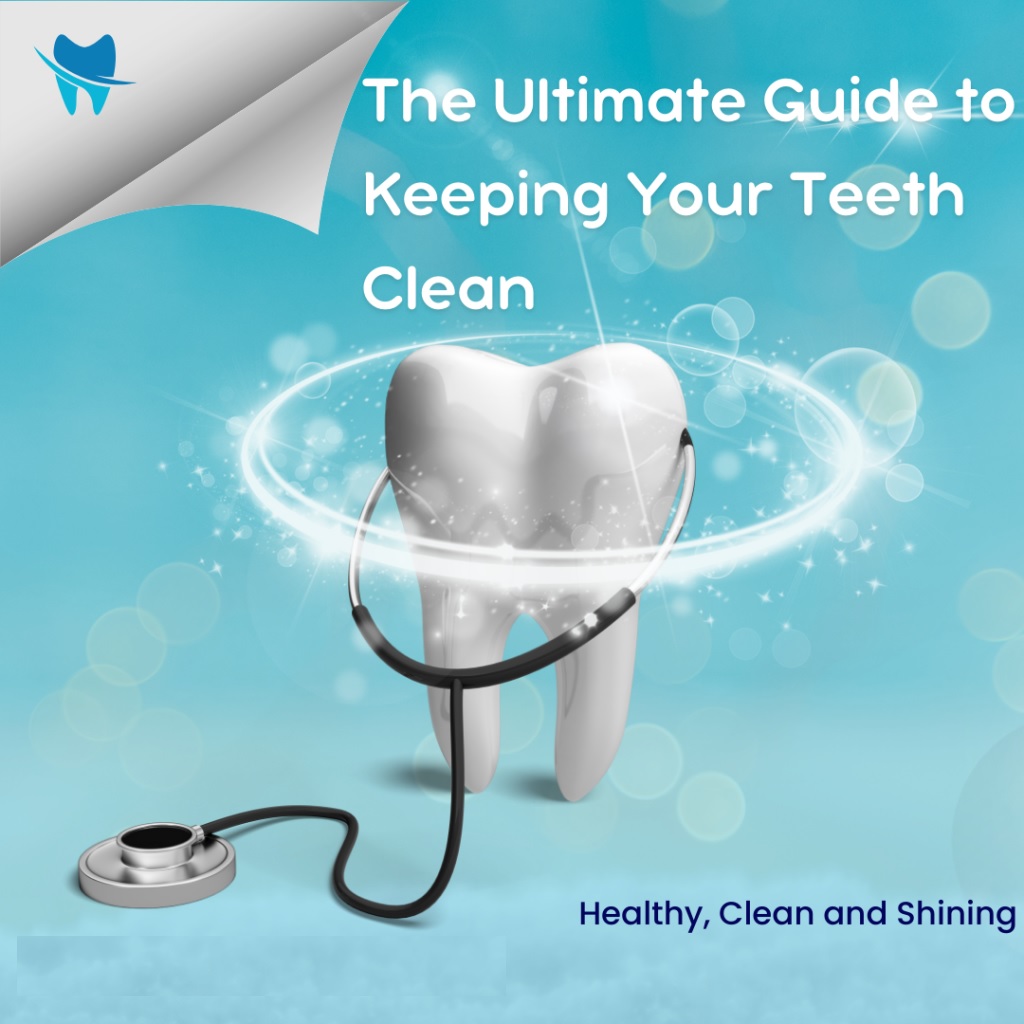Best mouthwash for bad breath
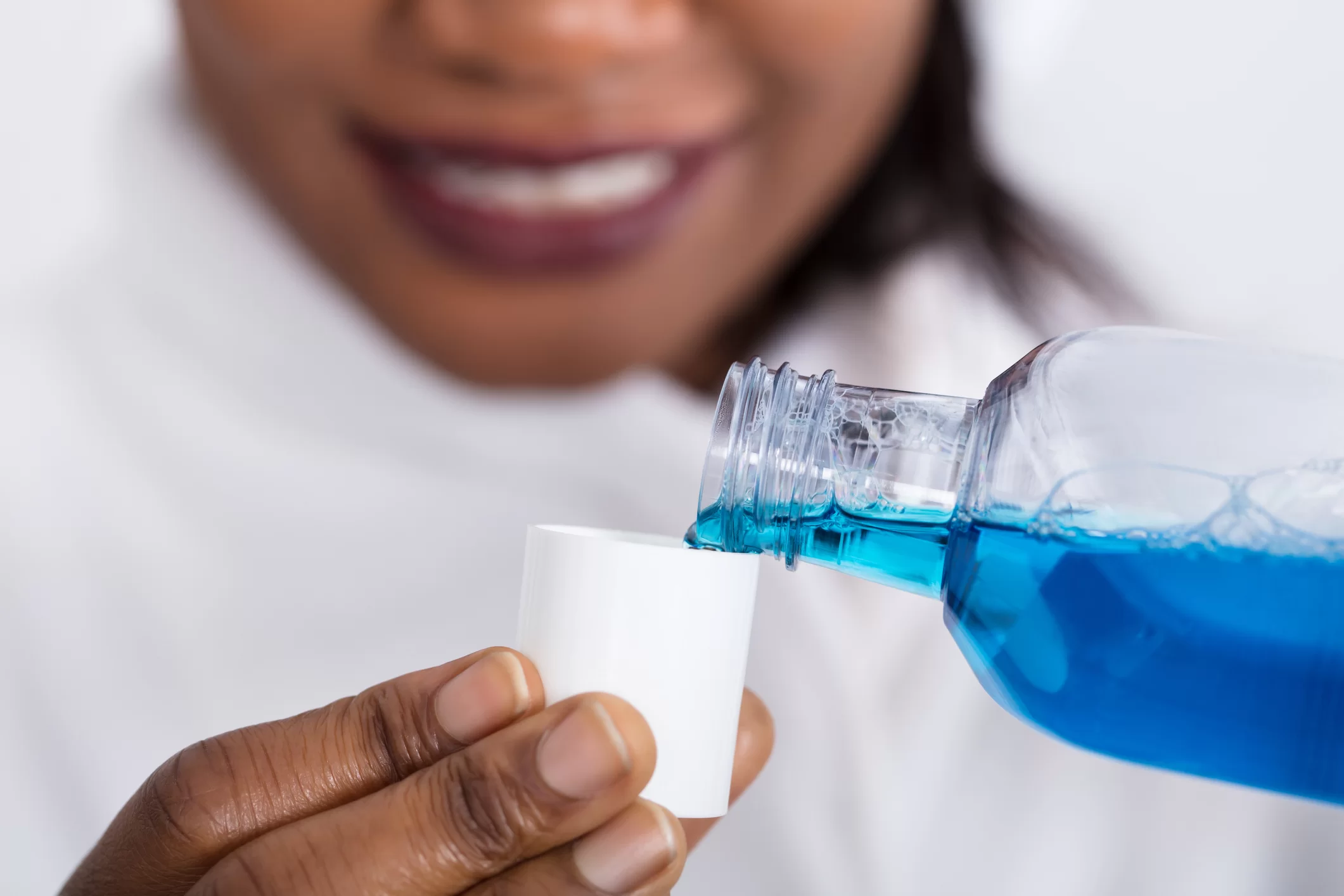
Bad breath, also known as halitosis, is a common issue that affects millions of people worldwide. It can cause social embarrassment, anxiety, and even impact personal and professional relationships. One of the most effective ways to combat bad breath is by using mouthwash. But with so many options on the market, how do you choose the best one? This comprehensive guide will help you understand what causes bad breath, how mouthwash works, and how to select the best mouthwash for your needs.
Understanding Bad Breath
Causes of Bad Breath
Bad breath can be caused by a variety of factors, including:
- Poor Oral Hygiene: The most common cause of bad breath is inadequate oral hygiene. When you don’t brush and floss regularly, food particles remain in your mouth, promoting bacterial growth between teeth, around the gums, and on the tongue. These bacteria produce sulfur compounds that cause bad breath.
- Food and Drink: Certain foods and beverages, such as garlic, onions, coffee, and alcohol, can contribute to bad breath. These items can leave strong odors that linger in the mouth.
- Dry Mouth: Saliva helps cleanse your mouth by removing food particles and bacteria. A condition known as xerostomia, or dry mouth, can lead to bad breath because of decreased saliva production. This can be caused by medications, medical conditions, or simply by sleeping with your mouth open.
- Medical Conditions: Certain illnesses and diseases can cause bad breath. These include respiratory infections, chronic sinusitis, diabetes, gastrointestinal issues, and liver or kidney problems.
- Tobacco Use: Smoking and the use of other tobacco products can cause bad breath. Tobacco users are also more likely to suffer from gum disease, which can further contribute to halitosis.
Symptoms of Bad Breath
The primary symptom of bad breath is an unpleasant odor emanating from the mouth. However, you may also experience a bad taste in your mouth, dry mouth, and a white coating on your tongue. If bad breath persists despite good oral hygiene, it may be a sign of an underlying medical condition, and you should consult a healthcare professional.
How Mouthwash Works
Mouthwash can be a valuable addition to your oral hygiene routine. It works in several ways to combat bad breath:
- Kills Bacteria: Many mouthwashes contain antiseptic ingredients like alcohol, chlorhexidine, or cetylpyridinium chloride that kill bacteria in the mouth. By reducing the bacterial load, these mouthwashes can help minimize the production of odor-causing sulfur compounds.
- Neutralizes Odors: Some mouthwashes contain ingredients like zinc or chlorine dioxide that neutralize odors rather than just masking them. These compounds react with sulfur compounds, rendering them odorless.
- Moisturizes: Mouthwashes designed for dry mouth contain ingredients like xylitol, aloe vera, or glycerin that help increase saliva production or mimic the lubricating effects of saliva, reducing the risk of bad breath caused by dry mouth.
- Removes Food Particles: Swishing with mouthwash can help dislodge food particles that may be trapped between teeth or in other areas of the mouth, preventing bacterial growth.
Types of Mouthwash
There are several types of mouthwash available, each with its own set of benefits. Understanding the different types can help you choose the best one for your needs.
Cosmetic Mouthwash
Cosmetic mouthwashes are primarily designed to mask bad breath temporarily. They may provide a fresh, minty taste and odor, but they do not address the underlying causes of bad breath. While they can be useful for a quick freshen-up, they are not the best solution for long-term halitosis management.
Therapeutic Mouthwash
Therapeutic mouthwashes contain active ingredients that target the causes of bad breath. These ingredients can include:
- Chlorhexidine: An antibacterial agent that can reduce plaque and gingivitis, helping to combat bad breath caused by bacteria.
- Cetylpyridinium Chloride: An antiseptic that kills bacteria and reduces plaque buildup.
- Essential Oils: Natural oils like eucalyptus, menthol, and thymol that have antibacterial properties.
- Fluoride: Helps strengthen teeth and prevent decay, which can contribute to bad breath.
- Peroxide: Provides a whitening effect and can help reduce bacteria.
Prescription Mouthwash
For severe cases of bad breath, a dentist or doctor may prescribe a stronger mouthwash. These prescription mouthwashes often contain higher concentrations of antibacterial agents like chlorhexidine or may include other medications to treat underlying conditions contributing to bad breath.
Key Ingredients to Look for in a Mouthwash
When selecting a mouthwash for bad breath, it’s important to consider the active ingredients. Here are some key ingredients to look for:
Antibacterial Agents
- Chlorhexidine: Highly effective in killing bacteria and reducing plaque. However, long-term use can cause tooth staining and altered taste.
- Cetylpyridinium Chloride: Kills bacteria and reduces plaque without the staining associated with chlorhexidine.
- Essential Oils: Natural antibacterial agents that can help reduce bacteria in the mouth.
Odor Neutralizers
- Zinc Compounds: Zinc can neutralize sulfur compounds, reducing bad breath.
- Chlorine Dioxide: Reacts with sulfur compounds to neutralize odors.
Moisturizing Agents
- Xylitol: A sugar alcohol that can increase saliva production and help prevent dry mouth.
- Aloe Vera: Soothes and moisturizes the mouth.
- Glycerin: Helps retain moisture in the mouth.
How to Use Mouthwash Effectively
To get the most out of your mouthwash, follow these tips for effective use:
- Read the Label: Follow the instructions on the mouthwash label carefully. Some mouthwashes are designed for specific uses, such as after meals or before bedtime.
- Measure the Correct Amount: Use the recommended amount of mouthwash, usually around 20-30 milliliters (about 4-6 teaspoons).
- Swish Thoroughly: Swish the mouthwash around your mouth for the recommended time, usually 30 seconds to 1 minute. Be sure to reach all areas of your mouth, including between your teeth and along your gumline.
- Don’t Rinse with Water: After using mouthwash, avoid rinsing your mouth with water. This can wash away the active ingredients before they have a chance to work.
- Don’t Eat or Drink Immediately: Avoid eating or drinking for at least 30 minutes after using mouthwash to allow the active ingredients to continue working.
Top Recommendations for the Best Mouthwash for Bad Breath
1. Listerine Total Care Anticavity Mouthwash
Key Ingredients: Essential oils (eucalyptol, menthol, thymol, methyl salicylate), fluoride.
Benefits: Kills 99.9% of germs, reduces plaque, strengthens teeth, and provides long-lasting fresh breath.
Usage: Suitable for daily use as part of a comprehensive oral hygiene routine.
2. TheraBreath Fresh Breath Oral Rinse
Key Ingredients: OXYD-8 (stabilized chlorine dioxide), zinc gluconate.
Benefits: Neutralizes sulfur compounds, provides 24-hour protection against bad breath, non-burning formula.
Usage: Ideal for those with chronic halitosis or sensitive mouths.
3. Crest Pro-Health Advanced with Extra Deep Clean Mouthwash
Key Ingredients: Cetylpyridinium chloride, fluoride.
Benefits: Kills 99% of germs, fights plaque and gingivitis, strengthens enamel, freshens breath.
Usage: Effective for comprehensive oral care, including bad breath management.
4. Biotène Dry Mouth Oral Rinse
Key Ingredients: Xylitol, glycerin, enzymes.
Benefits: Relieves dry mouth, moisturizes oral tissues, freshens breath without alcohol.
Usage: Especially beneficial for individuals suffering from dry mouth.
5. SmartMouth Clinical DDS Activated Oral Rinse
Key Ingredients: Zinc ion technology, sodium chlorite.
Benefits: Eliminates bad breath for up to 12 hours, promotes overall oral health, alcohol-free formula.
Usage: Suitable for long-lasting protection against bad breath.
Additional Tips for Preventing Bad Breath
While mouthwash can be highly effective in managing bad breath, it’s important to adopt a comprehensive approach to oral hygiene and overall health. Here are some additional tips for preventing bad breath:
Practice Good Oral Hygiene
- Brush Twice Daily: Brush your teeth for at least two minutes, twice a day, using fluoride toothpaste.
- Floss Daily: Flossing removes food particles and plaque from between your teeth and along the gumline.
- Clean Your Tongue: Use a tongue scraper or your toothbrush to clean your tongue, where bacteria can accumulate.
Stay Hydrated
Drink plenty of water throughout the day to keep your mouth moist and help wash away food particles and bacteria.
Watch Your Diet
- Limit Odor-Causing Foods: Reduce your intake of foods and beverages that can cause bad breath, such as garlic, onions, coffee, and alcohol.
- Eat a Balanced Diet: A diet rich in fruits, vegetables, and whole grains can promote overall oral health.
Regular Dental Check-Ups
Visit your dentist regularly for check-ups and cleanings. Your dentist can identify and treat any underlying issues that may be contributing to bad breath.
Avoid Tobacco
Quit smoking and avoid using other tobacco products. Tobacco use is a major cause of bad breath and can also lead to serious oral health problems.
Address Underlying Health Issues
If you have persistent bad breath despite good oral hygiene, consult your healthcare provider. Conditions such as sinus infections, diabetes, and gastrointestinal issues may require medical treatment.
Conclusion
Bad breath can be a distressing problem, but with the right approach, it can be effectively managed. Choosing the best mouthwash for bad breath involves understanding the causes of halitosis and selecting a product with the appropriate active ingredients. In addition to using mouthwash, practicing good oral hygiene, staying hydrated, and addressing any underlying health issues are essential for maintaining fresh breath. By following the guidance in this comprehensive guide, you can take control of your oral health and enjoy the confidence that comes with fresh breath.
Related to read:
Best Oral Hygiene Practices For Optimum Oral Health.
Bruxism: Teeth grinding causes treatment and prevention.
How to keep your gums healthy and disease-free?
References
To ensure the information provided is accurate and up-to-date, the following sources were referenced:
- American Dental Association. (n.d.). Plaque and Tartar. Retrieved from ADA website
- Mayo Clinic. (n.d.). Dental Plaque. Retrieved from Mayo Clinic website
- National Institute of Dental and Craniofacial Research. (n.d.). Periodontal (Gum) Disease. Retrieved from NIDCR website
What Mouthwash is Best for Bad Breath?
Choosing the best mouthwash for bad breath depends on the specific causes and severity of your halitosis. Here are some top recommendations based on effectiveness, ingredients, and user reviews:
- TheraBreath Fresh Breath Oral Rinse
- Key Ingredients: OXYD-8 (stabilized chlorine dioxide), zinc gluconate.
- Benefits: Known for neutralizing sulfur compounds, providing 24-hour protection against bad breath. It has a non-burning formula, making it suitable for sensitive mouths.
- Listerine Total Care Anticavity Mouthwash
- Key Ingredients: Essential oils (eucalyptol, menthol, thymol, methyl salicylate), fluoride.
- Benefits: Offers comprehensive oral care by killing 99.9% of germs, reducing plaque, strengthening teeth, and providing long-lasting fresh breath.
- Crest Pro-Health Advanced with Extra Deep Clean Mouthwash
- Key Ingredients: Cetylpyridinium chloride, fluoride.
- Benefits: Effectively kills bacteria, fights plaque and gingivitis, strengthens enamel, and freshens breath.
- Biotène Dry Mouth Oral Rinse
- Key Ingredients: Xylitol, glycerin, enzymes.
- Benefits: Specifically formulated for individuals with dry mouth, it moisturizes oral tissues and freshens breath without alcohol.
- SmartMouth Clinical DDS Activated Oral Rinse
- Key Ingredients: Zinc ion technology, sodium chlorite.
- Benefits: Eliminates bad breath for up to 12 hours and promotes overall oral health with an alcohol-free formula.
Does Listerine Remove Bad Breath?
Yes, Listerine is highly effective at removing bad breath. Here’s why:
- Antibacterial Properties: Listerine contains essential oils such as eucalyptol, menthol, thymol, and methyl salicylate, which have strong antibacterial properties. These ingredients kill bacteria that cause bad breath.
- Plaque Reduction: By reducing plaque and preventing gingivitis, Listerine helps to minimize one of the primary causes of bad breath—bacterial buildup on teeth and gums.
- Long-Lasting Freshness: The combination of essential oils in Listerine provides a lasting fresh taste and odor in the mouth, which helps keep bad breath at bay.
- Comprehensive Oral Health Benefits: Listerine Total Care, for instance, offers additional benefits such as strengthening enamel and fighting cavities, which contribute to overall better oral health and reduced bad breath.
How Can I Permanently Get Rid of Bad Breath in My Mouth?
Permanently getting rid of bad breath requires a combination of good oral hygiene practices, dietary adjustments, and addressing any underlying health conditions. Here are some steps you can take:
- Maintain Excellent Oral Hygiene
- Brush and Floss Regularly: Brush your teeth at least twice a day with fluoride toothpaste and floss daily to remove food particles and plaque.
- Clean Your Tongue: Use a tongue scraper or brush your tongue daily to remove bacteria that cause bad breath.
- Stay Hydrated
- Drink Water: Keep your mouth moist by drinking plenty of water throughout the day. Saliva is essential for washing away food particles and bacteria.
- Watch Your Diet
- Avoid Odor-Causing Foods: Limit foods and beverages that cause bad breath, such as garlic, onions, coffee, and alcohol.
- Eat a Balanced Diet: Consume plenty of fruits, vegetables, and whole grains to promote overall oral health.
- Quit Tobacco
- Avoid Smoking and Tobacco Products: These not only cause bad breath but also lead to more serious oral health problems.
- Regular Dental Check-Ups
- Visit Your Dentist: Regular dental visits are essential for identifying and treating any issues like gum disease or tooth decay that can cause bad breath.
- Address Underlying Health Conditions
- Medical Consultation: If you have persistent bad breath despite good oral hygiene, consult a healthcare provider to rule out or treat any underlying conditions such as sinus infections, diabetes, or gastrointestinal problems.
How Long Does Mouthwash Last for Bad Breath?
The duration for which mouthwash can keep bad breath at bay varies depending on the type of mouthwash and its ingredients. Here are some general guidelines:
- Cosmetic Mouthwash
- Duration: Typically provides a temporary fresh breath effect, lasting around 1-2 hours.
- Usage: Best for a quick freshen-up but not effective for long-term management of bad breath.
- Therapeutic Mouthwash
- Duration: Can provide longer-lasting effects, typically up to 12 hours. Formulas with antibacterial agents like cetylpyridinium chloride, chlorhexidine, or essential oils can maintain fresh breath for a longer period.
- Usage: Suitable for regular use as part of an oral hygiene routine to manage bad breath more effectively.
- Specialized Mouthwash (e.g., TheraBreath, SmartMouth)
- Duration: Some advanced formulations can provide 12-24 hour protection against bad breath. These mouthwashes often contain ingredients that neutralize odor-causing compounds and prevent their recurrence throughout the day.
- Usage: Ideal for individuals with chronic halitosis or those seeking long-lasting freshness.
For the best results, it’s important to follow the instructions on the mouthwash label, including the recommended amount and swishing time, and incorporate it into a comprehensive oral hygiene routine.


